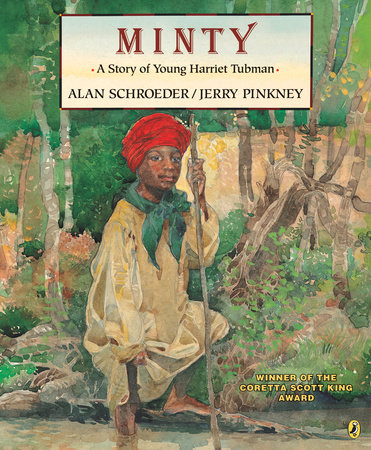A. BIBLIOGRAPHY
Thomas, Angie. 2021. CONCRETE ROSE. New York: BALZER + BRAY, An Imprint of HarperCollins Publishers. ISBN 978-0-06-284671-6.
B. PLOT SUMMARY
Maverick was content to follow in his dad’s footsteps, as a King Lord. But everything changed when he found out he was a dad himself. With the help of his cousin, Maverick chooses a different path, but the streets try to lure him back again and again. At a young age, Maverick learns what it takes to be a family man.
C. CRITICAL ANALYSIS (INCLUDING CULTURAL MARKERS)
Thomas’s prequel to “The Hate U Give” gives the backstory of Starr’s dad, Maverick. It is the story of Maverick’s crossroads as a young man. Gang banging and drug dealing are avenues that only the desperate choose. Poverty and deprivation lead people to find alternative ways to provide for themselves. Unfortunately, these have been markers of African American culture for too long.
Thomas delves deeper into the dynamics within a gang. There are advantages and disadvantages of being a part of something like the King Lords. The “system” can provide money and protection for people who feel short on both. However, there is also a price to belong to the organization. Maverick was challenged to decide where his loyalty belonged, to his past or to his future.
Teenage pregnancy is another issue that Thomas tackles in this book. It’s interesting that in the two instances where the girls get pregnant in this story, the sex was portrayed as a comfort or a distraction from grief. The resulting babies are seen as blessings, as well as challenges. Thomas portrays the difficulties of parenthood, especially at a young age. She emphasizes the crying, the dirty diapers, and the lack of sleep. Ultimately, it was the responsibility of parenthood that abdicated Maverick from the gang life. His children saved him.
The issue of black men being imprisoned on drug charges is a cultural issue. There are debates about the statistics. Maverick’s dad, Adonis, is imprisoned for selling drugs. His scenario is too common in the African American community. Many would say this issue involves systemic problems, within the economic system but also the legal system.
D. REVIEW EXCERPTS
Booklist starred, January 2021: “Maverick’s story is one that offers hope, encouragement, and optimism, and it shows those going through difficult times of their own that they can take control of their own destiny.”
Horn Book Magazine starred, March 2021
Kirkus Reviews starred, December 2020
Michael L. Printz Honor, 2022
Publishers Weekly starred, November 2020
School Library Journal starred, December 2020: “ Maverick Carter, who is Black, is a wonderfully complex character who will resonate with readers of all stripes. Thomas writes with a depth of humor and clarity that really allows readers to bond with the characters.”
E. CONNECTIONS
Concrete Rose is an excellent “coming-of-age” story. There are several other YA novels that could be great companions to this one, such as With the Fire on High by Elizabeth Acevedo, The Stars Beneath Our Feet by David Barclay Moore, and Aristotle and Dante Discover the Secrets of the Universe by Benjamin Alire Saenz.










